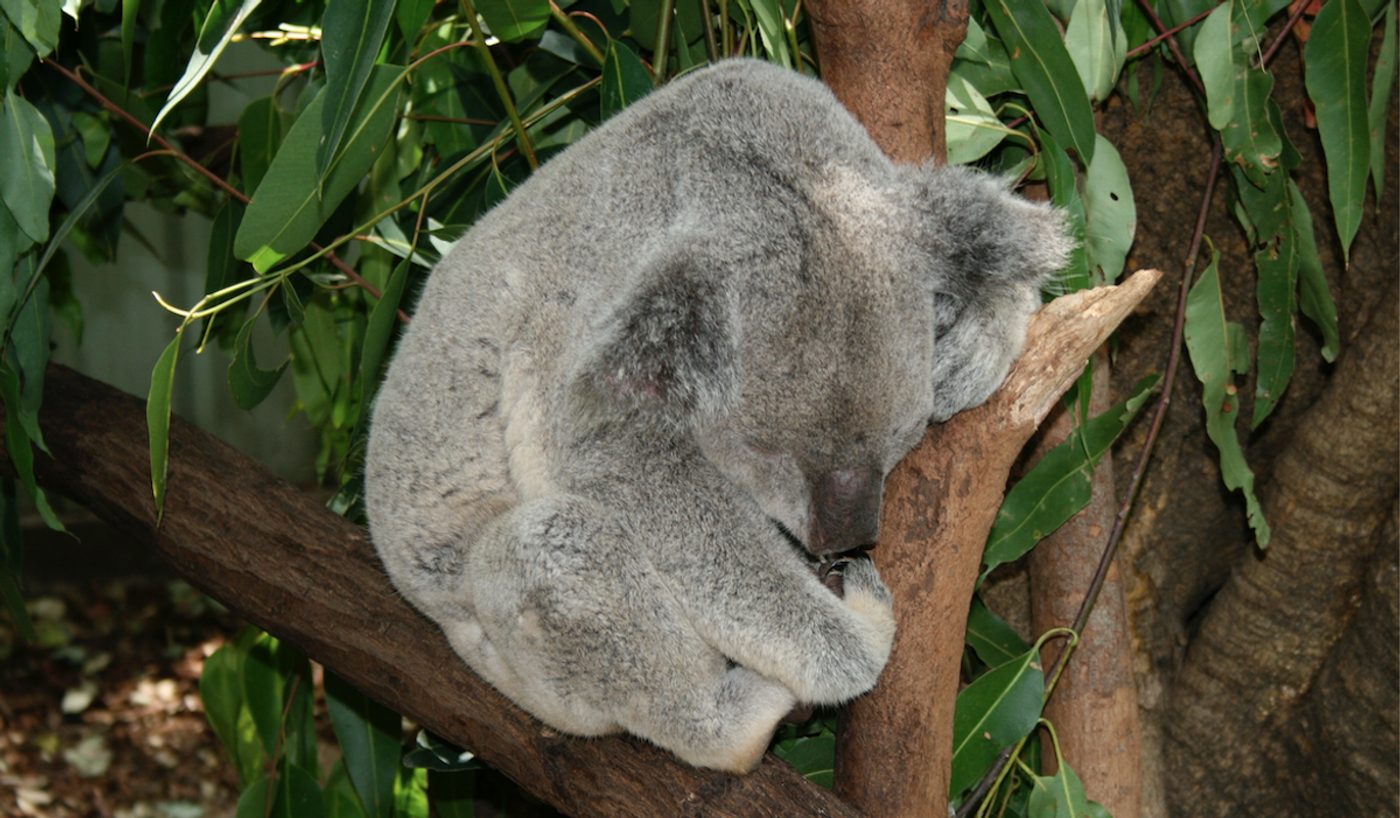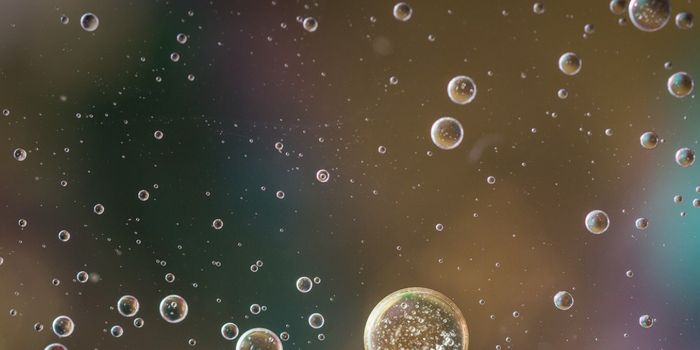Koala Retrovirus Can Rewrite the Genome & Trigger Cancer
Retroviruses can infect cells and insert themselves into the genetic code of their host. Sometime in the past 50,000 years, the egg or sperm cells of koalas were infected with the koala retrovirus (KoRV), so the entire population of koalas in Queensland and New South Wales in Australia now carries copies of KoRV sequences in their genomes.
It's thought that the sperm and egg cells, the so-called germ-line cells of all animals have been infected by retroviruses at some time, and many ancient retroviruses can be found in animal genomes. These sequences are not thought to have any negative potential for most species at this point since they've been degraded or otherwise rendered inactive over time.
But for koalas, that retroviral germ-line infection has happened more recently. The KoRV sequences have not yet been rendered inert over many generations, so researchers may be able to learn more about the more immediate health impacts of these infections, while the retrovirus is still active. Researchers learned more about KoRV on the koala genome and how it may be causing cancer; the findings have been reported in Nature Communications.
"Each koala carries around 80 to 100 inherited copies of KoRV in its genome. The genomic locations of most of these are not shared between koalas, indicating a rapid expansion and accumulation of KoRV copies in the population. Each time a retrovirus copies and re-inserts itself into the genome, it causes a mutation, potentially disrupting gene expression, which could be detrimental to the host," explained Professor Alex Greenwood, the Head of Department of Wildlife Diseases at the Leibniz-IZW.
Retroviruses are known to have the potential to cause cancer since they disrupt the genome, so it's been suggested that KoRV is connected to the high rate of cancers in Northern Australian koalas. In this work, the researchers assessed DNA from wild koalas with cancer. They found the location and number of KoRV insertions and compared it to other koala genetic data, including healthy individuals. The researchers identified several connections between KoRV and genes that are involved in the types of cancers that are most likely to affect koalas.
It seems that KoRV can frequently insert copies of itself into new places in the koala genome, causing many mutations among koalas in the population, raising the risk of cancer. An examination of tumor DNA showed that KoRV is highly active in tumor cells, and KoRV was often found near genes that are linked to cancer. Tumor cells with KoRV insertions were also found to change gene expression in cells around them, and these changes were connected to an increase in cell growth. Uncontrolled cell growth leads to tumors.
The researchers also identified genomic 'hot spots' where KoRV was frequently inserted, which were shared among many different koalas. Many hot spots were also close by genes that are associated with cancer.
"In summary then, we find multiple links at the genomic level between cancer-related genes and KoRV, revealing ways in which KoRV underlies the high frequency of cancer in koalas," noted Gayle McEwen, a scientist at the Leibniz-IZW.
This work shows that when wildlife is impacted by a germ-line retrovirus infection, the consequences can be devastating in the short term. It may be that after such an event, a species becomes hardier and less vulnerable, if enough survivors can overcome the challenges posed by the retrovirus. Retroviruses have also been critical to the development of many species as we know them today, including us. Hopefully, the koala will also be able to withstand this assault on its genome to emerge stronger; it's a species that's under threat in many ways.
Sources: AAAS/Eurekalert! via Leibniz Institute for Zoo and Wildlife Research (IZW), Nature Communications









